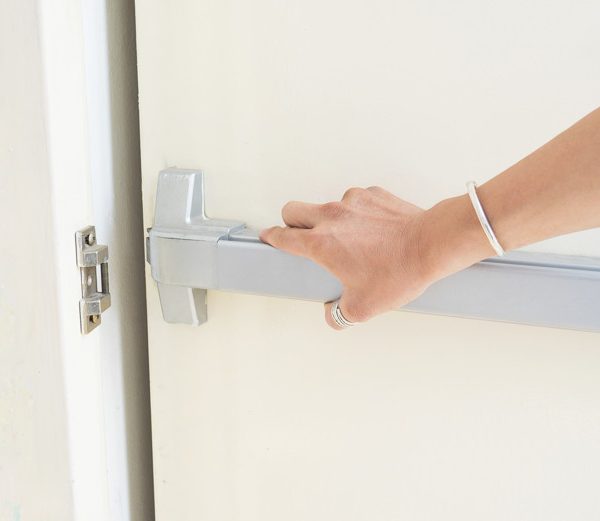
Few building scenarios are as dangerous or scary as an out of control fire. While active systems like fire alarms and extinguishing equipment are vitally important, your building’s passive fire protection can be just as crucial. Periodic inspection and maintenance of these protection systems enhance the safety of both the property and the building’s inhabitants.
What Is Passive Fire Protection?
Passive fire protection refers to your building’s components that help prevent the spread of smoke and fire throughout the building. It also ensures the integrity of your building’s structure while facilitating the exit of building occupants and the entrance of firefighting personnel.
Periodic inspections and maintenance of your building’s fireproofing systems ensure proper performance when required. Structural fire protection and compartmentation are the cornerstones of passive fire protection.
What Is Structural Fire Protection?
Structural fire protection preserves your building’s structural components’ strength and functionality from fire’s destructive effects. The building must be constructed with the proper materials and treated or coated with fire-retardant materials such as:
- Intumescent sprayed-on epoxy films
- Endothermic building materials like gypsum-based plasters and cementitious products
- Phenolic foam
- Fireproof cladding
- Mineral wool wraps and insulation
- Glass fibers
- Elastomeric rubber
What Is Compartmentation?
Compartmentation means dividing building spaces into self-contained units to prevent the spread of fire and smoke to other sections of the building. These compartments provide insularity within a floor and between floors.
The Ontario Fire Code has strict rules regulating building compartments. They must be separated from other building spaces, and the separations must meet applicable fire-resistance ratings. Multiple components and assemblies are responsible for maintaining adequate compartmentation, such as:
- Firewall – a wall that provides a fireproof barrier from the floor to the top of the building while providing and maintaining the building’s structural integrity
- Fire barrier – a wall that covers the space from floor to ceiling and has a fire rating based on the amount of time it can prevent the spread of fire and smoke
- Fire partition – same as a fire barrier, but has an exit door and must have a fire rating equal to the floor/ceiling assembly
- Firestopping – devices, assemblies, or construction materials that prevent the spread of fire or smoke
- Fire damper – barriers built into ventilation systems that automatically close during fires
- Fire door – doors constructed with a specific fire-resistance or fire-protection rating to inhibit the spread of fire and smoke
- Sign – also part of a fire safety plan, signs help guide people in the building to the nearest exit
Do Passive Fire Protection Systems Require Inspection?
The Ontario Fire Code requires periodic testing for some aspects of your building’s passive fire protection system, such as smoke control or fire dampers. However, even if a fire system doesn’t require regular inspections, an owner is still legally responsible for maintaining his building’s passive fire protection.
Even the most conscientious contractors often fail to seal their penetrations correctly when installing new equipment. Any project involving new wiring usually passes through a fire barrier, and you should ask your contractor to show you his fire stopping assemblies.
Can Passive Fire Protection Systems Be Maintained?
While much of the passive protective features are part of the building’s design and construction, their effectiveness can degrade over time and require inspection and maintenance by trained experts for proper functionality.
Penetrations in firewalls that compromise your building’s compartmentation are very common and should be corrected as soon as possible. Fire doors can shift within their frame, and signs for fire equipment or exit instructions can fall or become obstructed.
Trained personnel should perform proper maintenance of your building’s passive fire protection system. The expert technicians at Ontario’s All Protect Systems, Inc. can inspect your building and address all of your fire safety needs. Call us today to out what we can do for you.